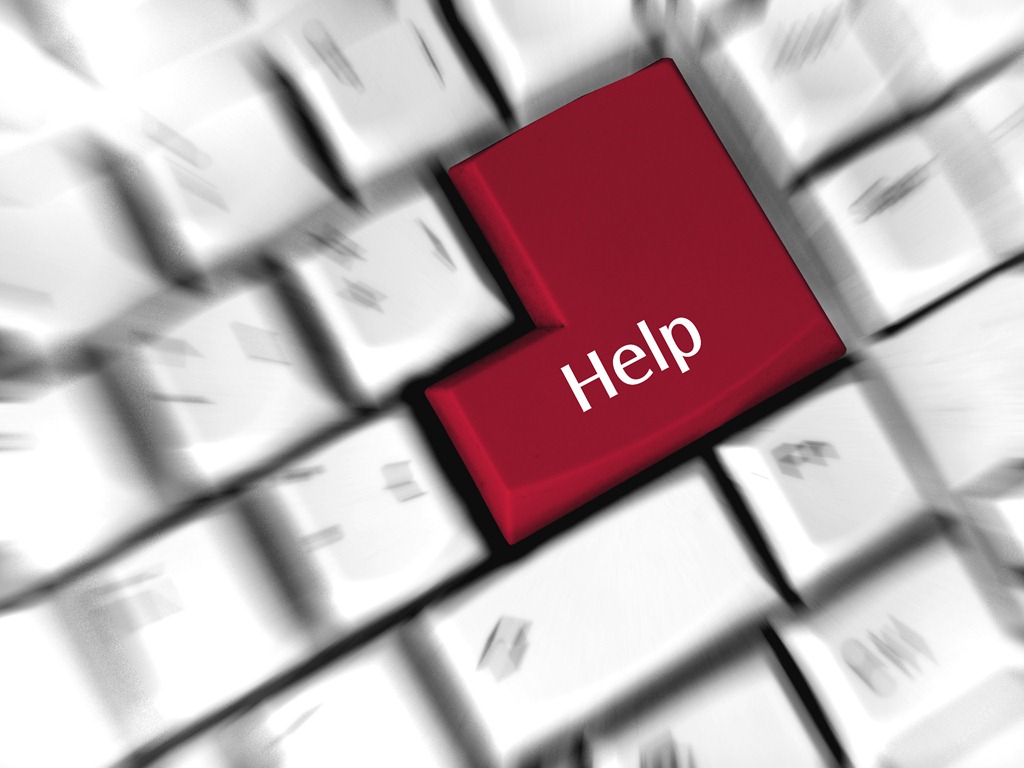
Hudson Valley Public Relations
After the Crisis. Damage Control.
By Andrew Ciccone | Published | No Comments

Preparing for the Crisis
The equipment was powered off, unplugged, the server backed up, your company’s assets are secure. You sent you staff home early, good.
After the Storm
The mess is cleaned up, the phone is ringing. We are back.
Now step back, assess what you learned and then make improvements to your business. It’s an iterative process, the process must be continuous. Discovery, learning and innovation keeps costs down, improves productivity and energizes sales.
People want to work for a company where there is continuous learning and where you’re encouraged to innovate and figure out how to do things better.
Damages
The company weathered the storm well, but now that the crisis is over how long, how much time, how much lost down time will your company experience?
Did you plan for after the storm?
Do you have a plan in place to win valuable market share from this disaster?
Don’t wait for the next storm.
What vital functions can you staff perform from home?
Can phone calls be re-routed to field phone calls?
Invest in a backup generator to get online quickly.
Source
http://www.forbes.com/2010/04/19/crisis-opportunity-ashkenas-leadership-managing-varghese.html






